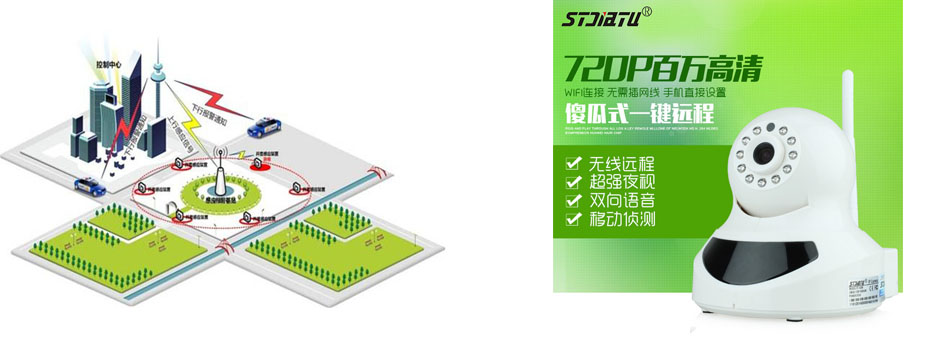水源熱泵區(qū)別于地源熱泵的就是源水側(cè)水源直接取自地下水或者江水或者海水等,它是一種開(kāi)式的型式,水被直接拿來(lái)取熱或排熱并按要求排放回原取水點(diǎn),只是利用了自然界水中的能量,這樣的形式就稱為水源熱泵了。
The difference between a water source heat pump and a ground source heat pump is that the water source on the source side is directly taken from groundwater, river water, or seawater. It is an open type, where water is directly used to heat or exhaust heat and discharged back to the original water intake point as required, only utilizing the energy of natural water. This form is called a water source heat pump.
二、 簡(jiǎn)單理解單區(qū)別:
2、 Simple understanding of the differences:
1:地源熱泵是室外打孔,占地面積比水源熱泵要大
1: Ground source heat pumps are outdoor perforated and have a larger footprint than water source heat pumps
2:水源熱泵是室外打水井,但現(xiàn)在政府對(duì)打井審批比較復(fù)雜、水源熱泵是需要打井的,通常都需要水務(wù)局批準(zhǔn),而地源熱泵國(guó)家不需要相關(guān)的陽(yáng)雕刻 手套生產(chǎn)設(shè)備 果樹反光膜 北京純水設(shè)備 保定網(wǎng)站制作 排水槽模具審批手續(xù)
2: Water source heat pumps are outdoor water wells, but now the government's approval for drilling wells is relatively complex. Water source heat pumps require drilling wells and usually require approval from the Water Authority, while ground source heat pump countries do not require relevant approval procedures
3:地源熱泵比水源熱泵室外部分投資要高
3: Ground source heat pump has a higher investment in outdoor parts than water source heat pump

